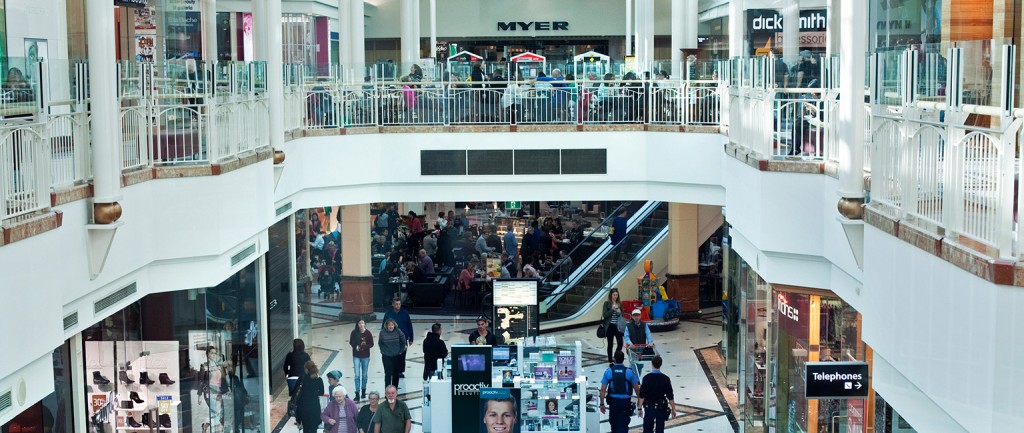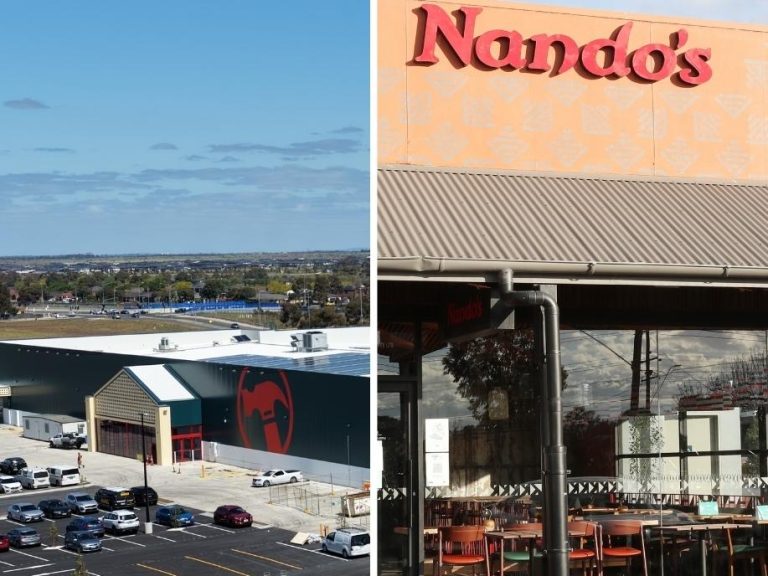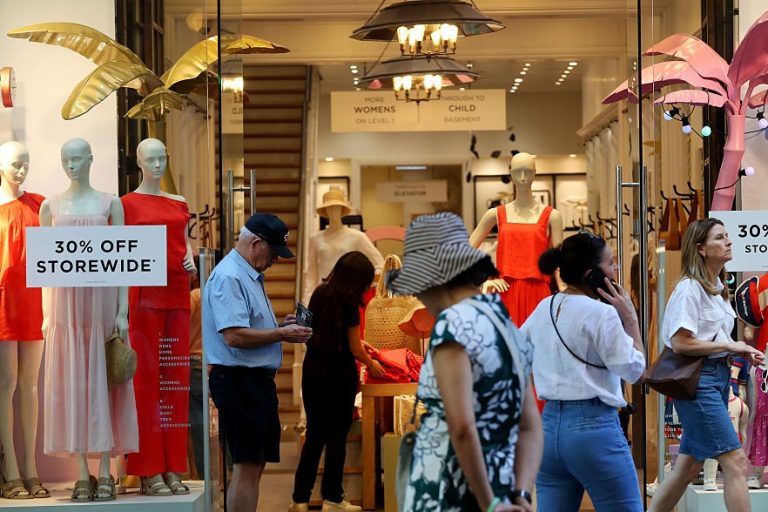What lies ahead for department stores?

Six years ago when Myer floated there was much talk and optimism around plans to expand to 100 stores across Australia by 2020.
Fast forward to 2015 and former Miss Universe Jennifer Hawkins was nowhere to be seen as the iconic retailer announced it was actually closing stores.
While most retail analysts put the closures down to cost trimming – with only three stand-alone speciality stores in Melbourne’s north and an underperforming Myer in the Sydney suburb of Ryde were cut – it could be the precursor to a much bigger shift in focus.
New CEO Richard Umbers seems to be signalling that a major rethink of Myer’s expansion plans is underway.
Few would likely question the move given the complex outlook for department stores.
Big push: Costco ramps up expansion

The challenge for large-scale retail
In the past few years large-scale retail has had to weather sluggish consumer spending and an upsurge in the online retailing of fashion and accessories, with both David Jones and Myer showing little, if any, growth in like-for-like sales.
Brian Walker CEO of the Retail Doctor Group says Australian department stores are operating in a global environment where the core proposition for general merchandise stores is highly challenged.
“There will always be a place for tourist destination stores like Harrods in London, and for focused up-market operators like Nordstrom in the US which is performing strongly. But when we look at mid-market general merchandisers like JC Penney, they are actually cutting back store numbers.”

Retail stoush: Battle of the hardware giants
Walker says the major threat is coming from large format specialists like Zara, TopShop and Uniqlo in fashion, and in the key cosmetics category – which accounts for 30% of department store sales – from specialists like Sephora.
“To be successful, department stores need to have unique signature ranges and customer positioning and the right go-to-market strategy,” he says.
“Otherwise they will be left vulnerable, as we can see with H&M, which took $65 million in sales in its first seven months after it opened right next to Myer’s flagship store in Melbourne.”
Department stores need to have unique signature ranges and customer positioning.
How many is too many?
So what is the future for department stores?
“I would start with the equation that Australia probably has too many department stores given its population and it is the mid-market offering which is most susceptible,” Walker says.
“In five years’ time, I would expect David Jones would have just a few less stores than it does now (39) but Myer is likely be reduced to somewhere below 50 (it currently has 67 stores).
“Essentially their market is high net-worth individuals and when you look at successful overseas stores, like Lane Crawford in Hong Kong, they are in the right catchment areas and are all about a select number of signature offerings – rather than expansion for expansion’s sake.”
The days of housing every conceivable item under one roof look well and truly over.
For the discount department stores, Walker says good operators occupying the value-conscious space should travel well over the foreseeable future.

“Target has been through a challenging period while Kmart has executed quite a turnaround to a more profitable business. Both of them have used their value positioning to take bites out of Myer’s middle of the road stance.”
For department stores, the days of housing every conceivable item under one roof and appealing to all comers look well and truly over.
Instead their future lies in fewer stores aimed at well-heeled clientele, better digital platforms and a relentless focus on exclusive offers to customers enmeshed in loyalty programs.






